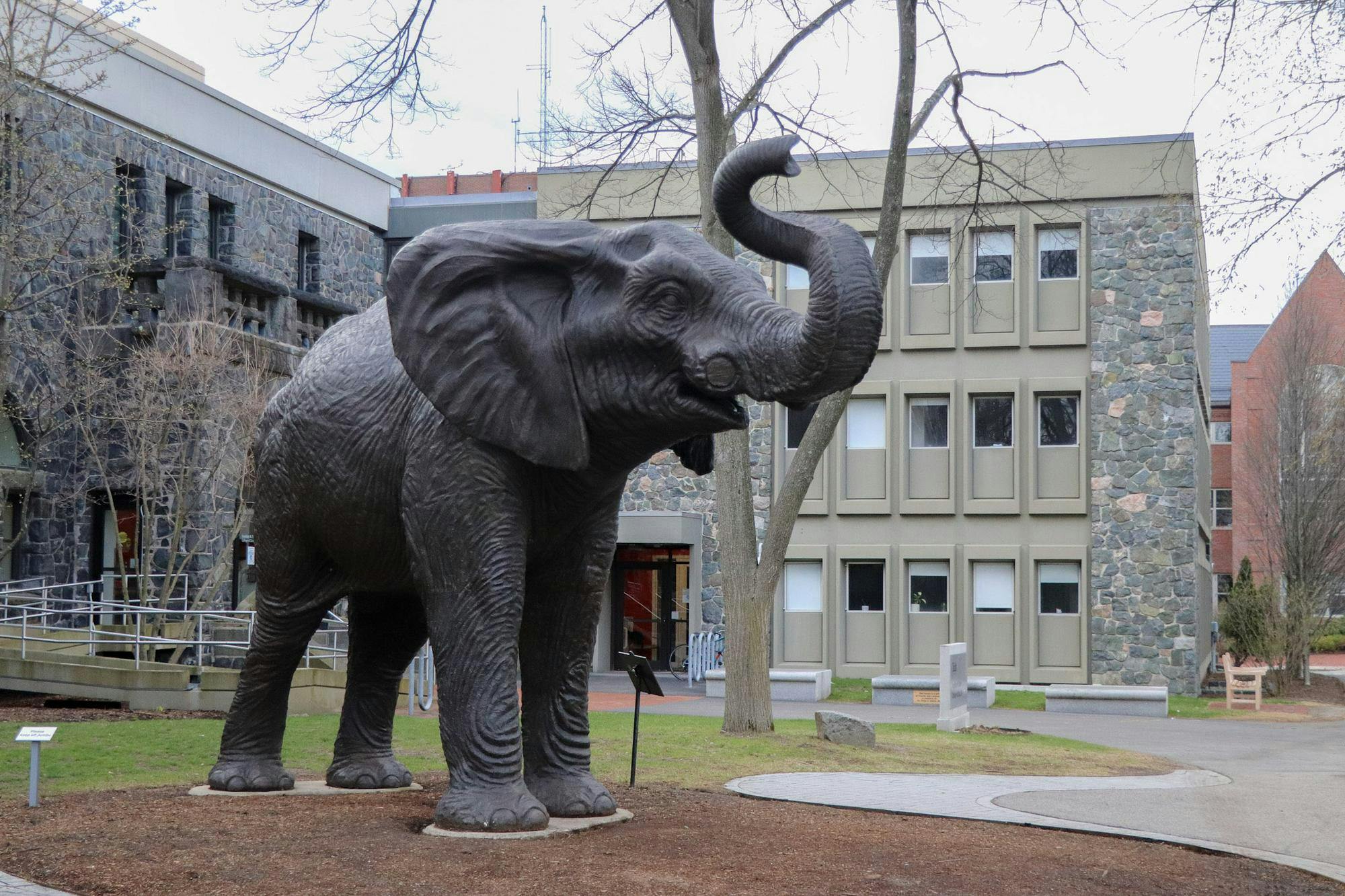Tufts’ total cost of attendance has broken the $90,000 barrier for the 2024–2025 academic year, reflecting the rising costs of higher education across the country. For incoming undergraduate students at Tufts, the new price of attendance is approximately $92,167 — a figure that includes tuition, housing and personal expenses such as books and supplies.
Tufts will continue to meet 100% of students’ demonstrated financial need, meaning many undergraduates will not actually pay the full “sticker price.” According to James Hurley, vice president for finance and treasurer, the university has earmarked more than $125 million for undergraduate financial aid in the 2025 fiscal year, representing a 4.7% increase from this past fiscal year.
“The first thing to understand is, just like with cars, there’s a sticker price and there’s what you pay,” Professor of Economics Jeffrey Zabel explained. “What you pay is much, much less than the sticker price. … It’s very important to understand what the net price is, and that certainly has not been going up at the rate that the sticker price has been going up.”
However, concerns remain that the increased cost of attendance will impede socioeconomic diversity on campus.
“There’s very good evidence that especially lower-income students look at the sticker price and are discouraged from applying,” Professor of Economics Silke Forbes said. “That’s particularly bad for society because these are actually students who would get quite a bit of aid if they were accepted. Many of the low-income students would pay less tuition at a private, selective college than they would even pay at their state schools because state schools don’t give us much financial aid based on income.”
TCU Treasurer Dhruv Sampat, a sophomore, expressed worry about how the rising cost will influence the composition of the student body.
“We definitely don’t want to become a university that caters to a particular demographic just because of how expensive the tuition is getting,” he said. “That scares me.”
To better understand Tufts’ rising cost of attendance, Forbes suggests contextualizing rising tuition with rising inflation rates across the country: As she explained, the increase in Tufts’ total cost of attendance aligns with overall price increases in the U.S. over the past five years.
Several of Tufts’ peer schools’ total costs, including Boston University and Wellesley College, have also recently surpassed the $90,000 mark. However, Tufts continues to lead the pack when it comes to tuition, in large part because of its relatively low endowment.
Hurley noted in an email to the Daily that “many of our peer institutions have larger endowments than Tufts, providing a larger percentage of their budgets from endowment payout.”
Forbes explained that a school’s endowment size greatly depends on the age of the school and the recipient of sizable alumni donations.
“Tufts used to be a much smaller, … more local school, and it didn’t have as many high-income or wealthy alumni,” she said. “We’ve become a much bigger player over the last few decades, … but donations and endowment often come from alumni, and so you have to kind of consider your history.”
Universities with smaller endowments — including Tufts — must provide more financial aid from their own budgets.
“We have to fund financial aid … as opposed to universities with bigger endowments that can fund financial aid much more from their endowment,” Forbes explained.
According to Hurley, other contributors to Tufts’ rising tuition include investments in diversity, equity, inclusion and justice efforts, faculty hiring and annual salary and benefit increases, including those determined by collective bargaining agreements. Ongoing renovations to Eaton and Bacon Halls have also raised Tufts’ cost of attendance.
As Zabel explained, enhancing the student experience by providing more services costs more.
“We have to have a great gym, better meal plans, better food. … Those kinds of costs have been going up as well,” he said.
Along with tuition, students at Tufts must pay expenses to participate in aspects of campus life, such as club membership dues. As TCU Treasurer, Sampat is working to mitigate the impact of these sometimes unforeseen costs and make extracurricular involvement more accessible to students. Over the past year, he has standardized club membership dues and expanded student leadership stipends, among other initiatives.
“When you have these tuition costs rising, there is a very real opportunity cost. If you have to pay so much money to attend the school, you may not be able to pay even more to participate in certain activities,” Sampat said. “I have to be very mindful as a student representative to make sure that I’m catering to all students and their very diverse backgrounds. What that means is I have to be cognizant of the changes that the university is making, too.”
Going forward, Hurley emphasized Tufts’ continued commitment to ensuring socioeconomic diversity on campus.
“That’s always going to be a priority for the university and making sure that we’ve got sufficient financial aid to accommodate it,” he said.






